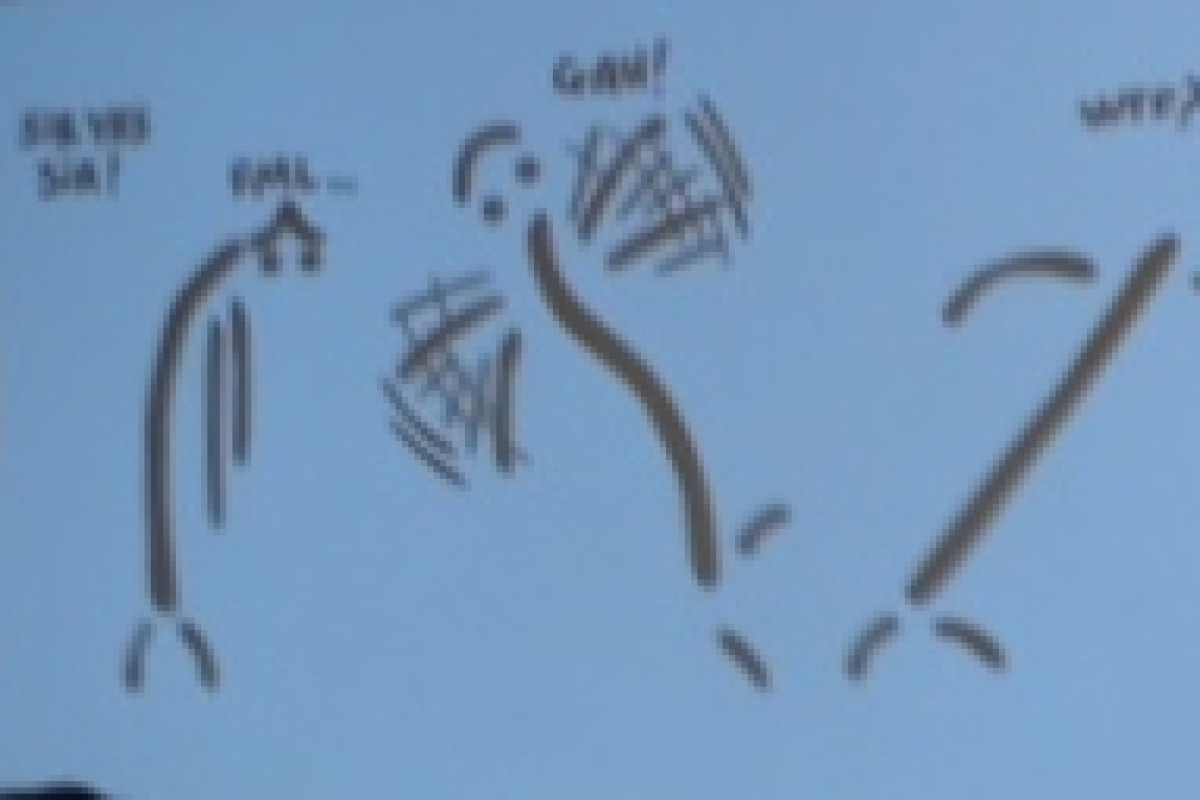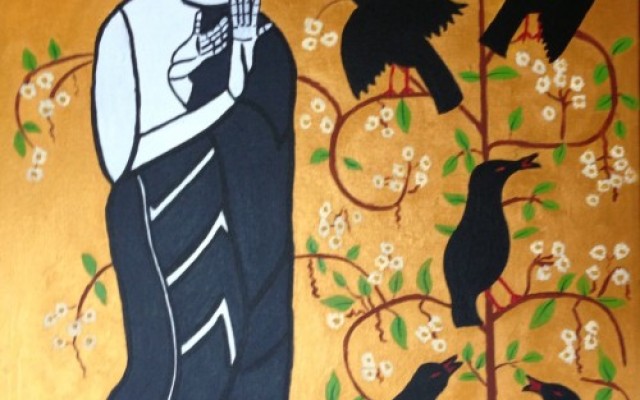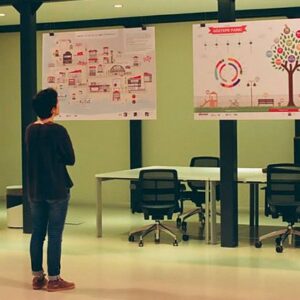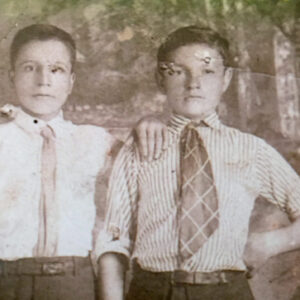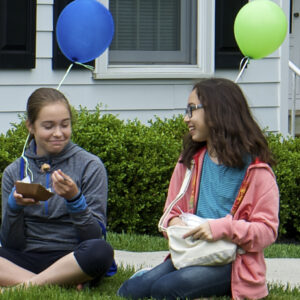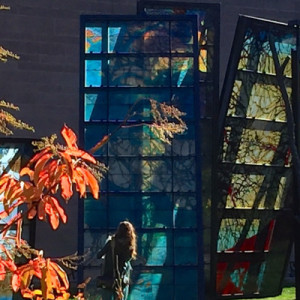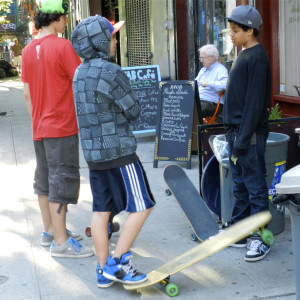Visual thinking and student learning
When I think about educational practices we should scale in 2015, I think about visual thinking and student learning.
It is widely accepted that people have a better memory for images than words. Think about an icon or symbol and watch what comes into your head. Here’s an easy example: Starbucks. Look how the logo has evolved for more than a decade from from both words and images to a lone symbol. The symbol precisely communicates Starbucks coffee anywhere in the world. It also reflects 21st century global communication norm where visuals increasingly dominate.
But in education we still shy away from visual thinking or even combining words and images to facilitate learning. Why? Perhaps because of the pressure of teaching to standardized assessments or perhaps a preference for linear thinking that aligns well with traditional schooling. It may even have something to do with the unspoken assumption that you actually have to know how to draw well in order to express yourself in images.
That assumption was thoroughly debunked when I attended a conference that featured a workshop on visual communication. The presenter, a well-known Disney animator, intimidated me at first because I am one who believes I cannot draw. But the animator surprised us all when she challenged us to communicate our ideas using stick figures. She insisted that anyone can draw a stick figure and these figures can quickly and precisely tell compelling stories. The stick figures, which are initially just lines (anyone can draw a line), suddenly come alive and communicate.
The demonstration by the Disney animator really got me thinking about how important it is for educators to think differently. Visual representations can tell dramatic stories in a few minutes. Watch this story on addiction. There are no words — either spoken or written. But people completely understand the seduction of addition and respond emotionally to its impact.
Another illustration of the power of visual thinking and student learning is mind mapping.
Most people think of mind mapping as outside the boundaries of the typical school day — just another distracting tool of the Internet age. But in reality, visual thinking through mind mapping has been around for thousands of years. Historians credit philosopher Porphyry of Tyros as the first documented user of mind mapping in the 3rd century BCE. While his mind map looked quite different than contemporary computerized mind maps of today, Porphyry used visual thinking to categorize and organize the work of Aristotle. Historians have also confirmed the use of mind mapping by one of the brightest minds of the Renaissance, Leonardo da Vinci. He made extensive use of mind mapping to clearly articulate, reiterate and generate prototypes of his creations in science, engineering, art, sculpture and literature. “Simplicity is the ultimate sophistication,” wrote da Vinci.
While there are subsequent recorded instances of mind mapping after da Vinci, visual thinking with mind mapping was not rediscovered until the 1950s. Educator and psychologist Allan M. Collins is considered by some to have resurrected mind mapping to envision how people learn through his study of human cognition. Collins visualized creativity and learning networks with mind maps to illustrate the relationship among concepts.
British psychologist Tony Buzan popularized mind mapping in the 1960s. He defined mind mapping as a powerful graphic technique to unlock the potential of the brain. Starting at the core — the concept, idea, thing or person students want to explore, Buzan popularized “radiant thinking” as a way to make connections and create more ideas than a standard list. Think about a mind map of a sound, the buzzing of the bumble bee, at the core. Can you think of related ideas radiating from the sound that makes use of more than one of your senses? Think about color–black and yellow; or texture–fuzzy; or products: honey, beeswax. The mind map opens the door to student engagement by encouraging them to connect concepts without fearing to be wrong.
Mind mapping is not only a visual summary of ideas, but also focuses on communication through dialogue, discouraging unitary sequenced presentations. It promotes new conversations and creative connections. Because building new ideas and connections takes courage, mind mapping discussions take place under conditions of “suspended judgment,” which is a great way for educators to include all different types of learners in the conversation. The visual thinking of mind mapping corresponds with the application of ideas through prototyping found in design thinking.
Students young and old can use mind maps to explore ideas in a myriad of settings from English class to informal inquiry science. Mind maps offer a great way for kids from a young age to visually imagine their college and career aspirations. Students and teachers alike may be surprised to see how frequently mind mapping is used in global business settings. Visual thinking as a means of connecting concepts and creating new ideas is the future. Why not use mind mapping to prepare our kids for that future?

